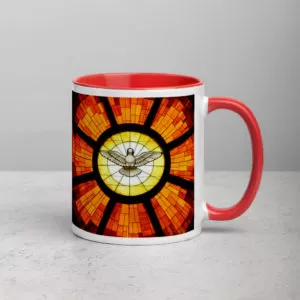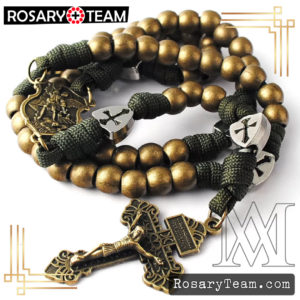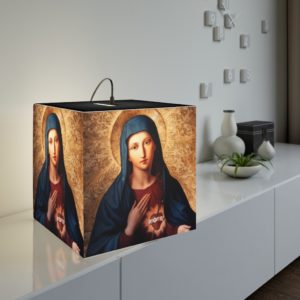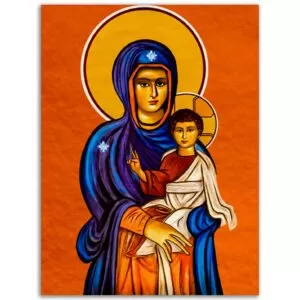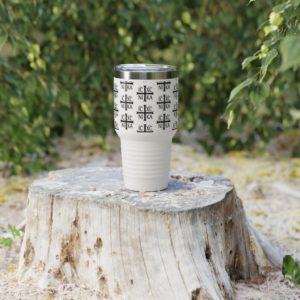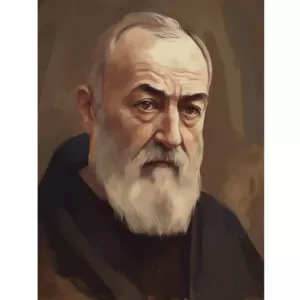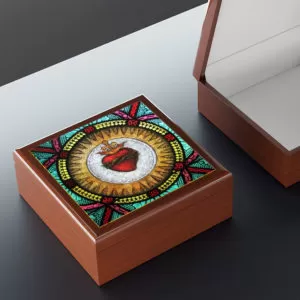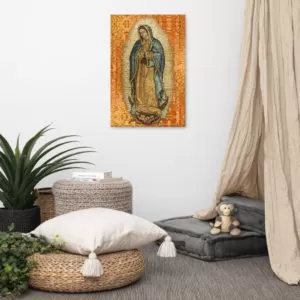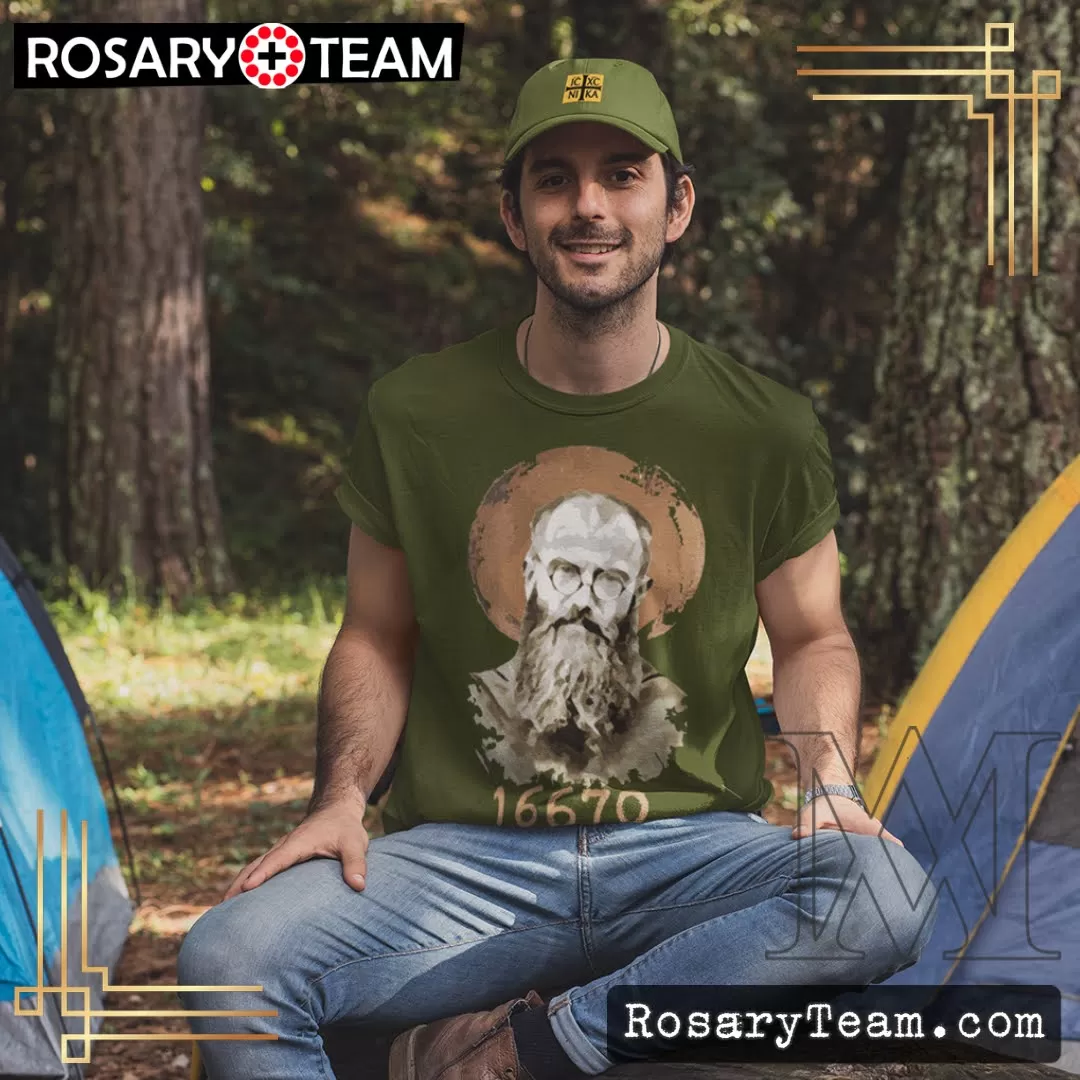Paragraph 1. JESUS AND ISRAEL
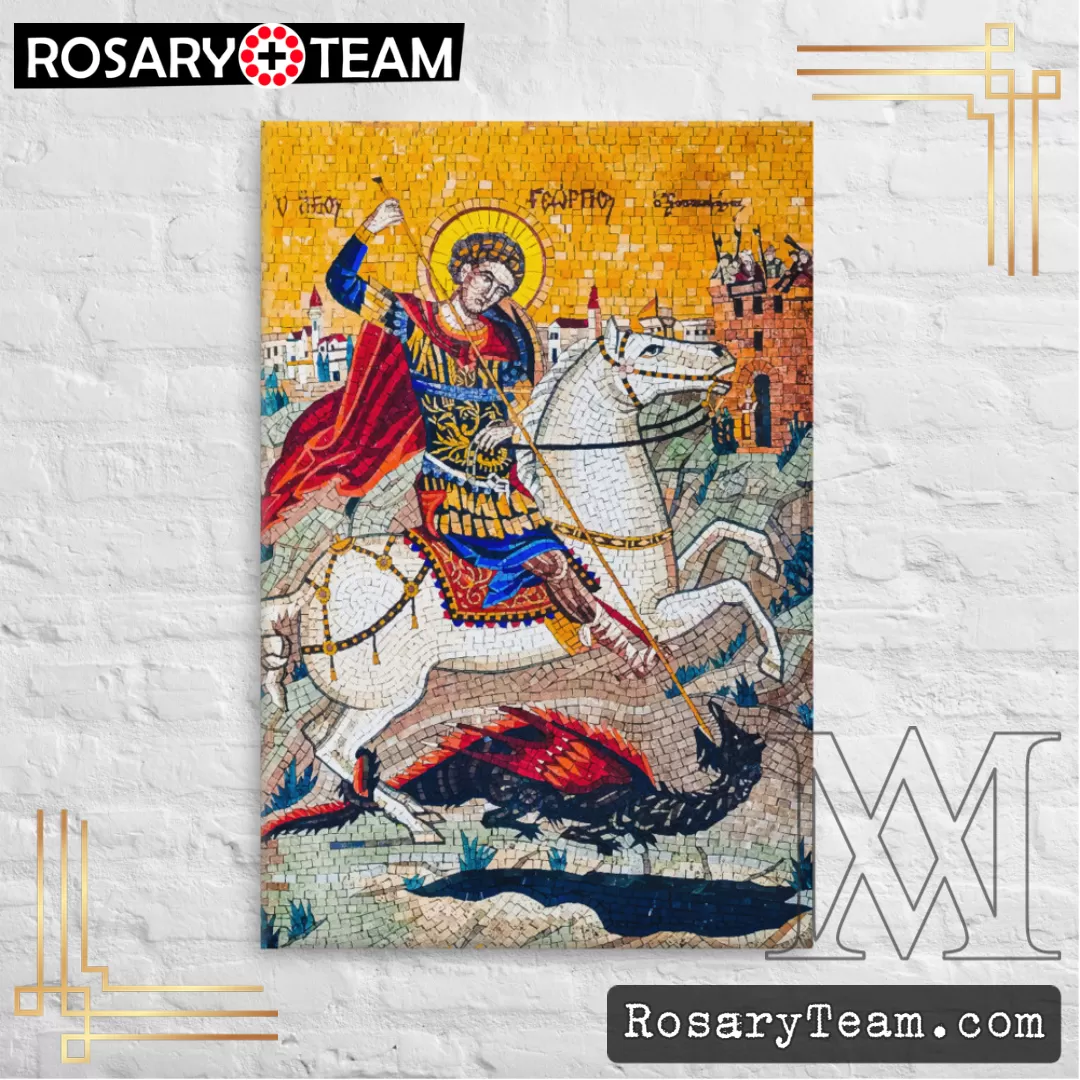
575
Many
of Jesus’ deeds and words constituted a “sign of
contradiction”,321 but more so for the religious authorities in
Jerusalem, whom the Gospel according to John often calls simply “the
Jews”,322 than for the ordinary People of God.323 To be
sure, Christ’s relations with the Pharisees were not exclusively polemical.
Some Pharisees warn him of the danger he was courting;324 Jesus praises
some of them, like the scribe of Mark 12:34, and dines several times at their
homes.325 Jesus endorses some of the teachings imparted by this
religious elite of God’s people: the resurrection of the dead,326
certain forms of piety (almsgiving, fasting and prayer),327 The custom
of addressing God as Father, and the centrality of the commandment to love God
and neighbour.328
- SECTION TWO I. THE CREEDS
- CHAPTER TWO I BELIEVE IN JESUS CHRIST, THE ONLY SON OF GOD
- Article 4 “JESUS CHRIST SUFFERED UNDER PONTIUS PILATE, WAS CRUCIFIED, DIED AND WAS BURIED”
- Paragraph 1. JESUS AND ISRAEL
- Article 4 “JESUS CHRIST SUFFERED UNDER PONTIUS PILATE, WAS CRUCIFIED, DIED AND WAS BURIED”
- CHAPTER TWO I BELIEVE IN JESUS CHRIST, THE ONLY SON OF GOD
From The Catechism of the Catholic Church – rosary.team
Original Link: https://www.vatican.va/archive/ENG0015/__P1N.HTM



